You might think your medium-sized dog can go without water for a while, but the truth is that proper hydration is crucial for their well-being.
So, how long can they really go without water? While it might surprise you, the answer isn’t as straightforward as you might think.
In this discussion, we’ll explore the expert insights on the duration a medium dog can survive without water and the potential consequences of dehydration.
Stay tuned to learn about the signs of dehydration, the dangers it poses, and the remedies and preventive measures you can take to ensure your furry friend stays healthy and hydrated.
Key Takeaways
- Signs of dehydration in dogs include listlessness, excessive panting, dry mouth and gums, poor appetite, and sunken eyes.
- Dehydration in sick dogs should be monitored closely, with attention to water intake and physical signs such as dry or sticky gums and sunken eyes. Veterinary advice should be sought, and electrolyte imbalances should be addressed promptly.
- Remedies for dog dehydration include offering small, frequent amounts of cool water, flavoring water with broth or alternatives, incorporating wet food into the dog’s diet, and following the vet’s instructions for rehydration treatment. Moderate or severe dehydration symptoms should prompt immediate contact with a vet.
- Preventing dog dehydration involves monitoring water consumption, providing fresh water daily, recognizing signs of dehydration, seeking professional guidance if signs persist, and following vet instructions for timely intervention.
Signs of Dog Dehydration
If your medium-sized dog is showing signs of dehydration, such as listlessness, excessive panting, dry mouth and gums, poor appetite, or sunken eyes, it’s important to promptly address these symptoms to ensure your dog’s well-being.
Dehydration in dogs can occur due to various reasons, including illness, hot weather, or inadequate access to water. Recognizing the signs of dehydration is crucial in keeping your pet healthy.
When your dog is dehydrated, it’s essential to encourage water consumption to keep them hydrated. Ensure that your dog always has access to water, especially during hot weather or after physical activity.
If you notice any of the signs of dehydration, it’s important to take action by offering small amounts of water frequently to avoid overwhelming their system. Additionally, monitoring the amount of water your dog drinks can help you identify any changes in their water intake, which could be indicative of an underlying issue.
Dangers of Dehydration
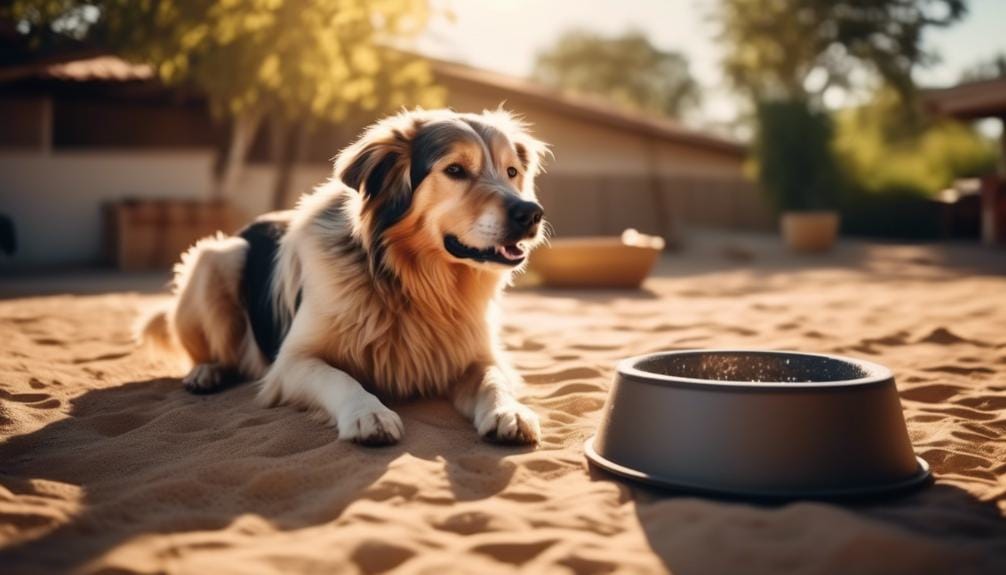
Recognizing the signs of dehydration in your medium-sized dog is crucial, as it can lead to continual strain on their body, negatively impacting their quality of life and potentially leading to organ failure and death if not addressed promptly.
Dehydration poses serious dangers to your dog’s health and well-being. Without an adequate intake of water, your dog’s body can suffer from the effects of dehydration, which may result in organ damage and, in severe cases, even death.
Dehydration can put a significant strain on your dog’s internal systems, affecting their overall health and vitality. It’s essential to understand that a dog can only survive for a limited time without water, and delaying their access to it can have severe consequences.
To ensure your dog’s well-being, it’s crucial to recognize the signs of dehydration and respond immediately. By ensuring your dog has access to clean and fresh water at all times, you can help prevent the dangers associated with dehydration and maintain their overall health and quality of life.
Dehydration in Sick Dogs
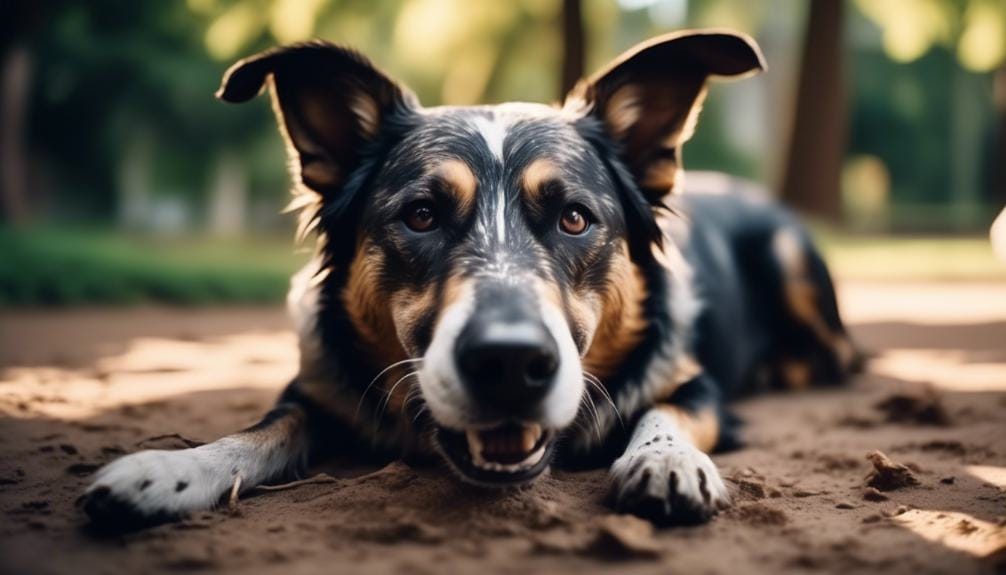
When addressing dehydration in sick dogs, vigilance and prompt intervention are essential to safeguard their well-being and aid in their recovery. Dehydration in sick dogs can exacerbate their condition and lead to serious health complications. Here are some crucial signs and steps to address dehydration in sick dogs:
- Monitor water intake: Keep a close eye on your sick dog’s drinking habits and ensure they’ve access to clean water at all times.
- Check for physical signs: Look for dry or sticky gums, sunken eyes, and loss of skin elasticity, as these can indicate dehydration in sick dogs.
- Seek veterinary advice: If you suspect your dog is dehydrated, contact a vet immediately. Professional guidance is crucial to address dehydration and identify any underlying health issues.
- Address electrolyte imbalance: Dehydration in sick dogs can lead to an imbalance in electrolytes. A vet can provide guidance on how to restore these essential nutrients to aid in your dog’s recovery.
Prompt medical attention and proactive measures are vital in addressing dehydration in sick dogs, as it can significantly impact their well-being and recovery.
Remedies for Dog Dehydration
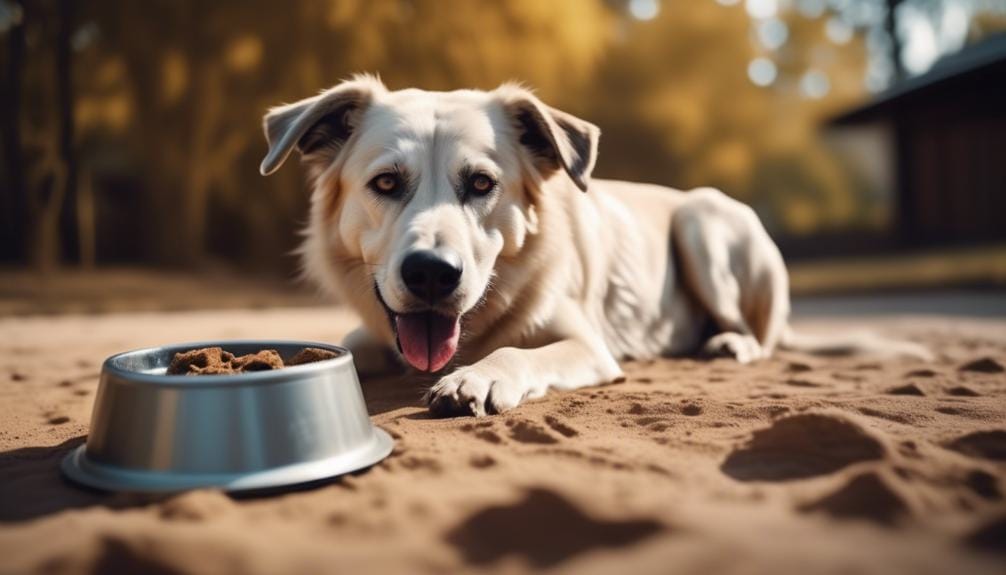
To help rehydrate your dog, consider offering small, frequent amounts of cool water to prevent vomiting and encourage their water intake. It’s important to make sure your dog has access to water as dehydration can lead to serious health issues.
If your dog is showing signs of dehydration, such as excessive panting, dry gums, or sunken eyes, it’s crucial to address their water needs promptly. Contact a vet if you notice these warning signs, especially if your dog appears moderately or severely dehydrated with additional symptoms.
You can also make the water more enticing by flavoring it with broth or other alternatives to encourage your dog to drink. Additionally, incorporating wet food into their diet can increase their water intake. Following any instructions and recommendations given by the vet for appropriate rehydration treatment is essential.
Preventing Dog Dehydration
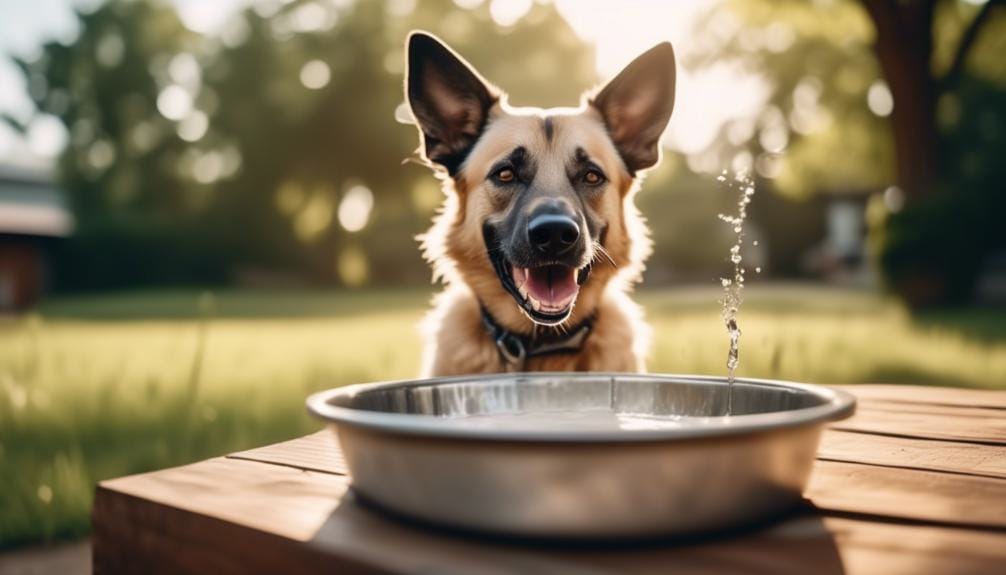
Ensuring your dog has access to an adequate amount of water is essential in preventing dehydration and maintaining their overall health. Here are some expert insights to help you prevent dog dehydration:
- Monitor Water Consumption: Keep an eye on how much water your medium dog is drinking daily. They should drink an ounce of water for every pound they weigh.
- Provide Fresh Water Daily: Make sure to refill your dog’s water bowl with fresh, clean water every day. Dogs need access to fresh water to prevent dehydration.
- Recognize Signs of Dehydration: Watch out for signs of severe dehydration due to insufficient water intake. These signs include listlessness, excessive panting, dry mouth and gums, poor appetite, and sunken eyes.
- Seek Professional Guidance: If you notice any signs of dehydration or your dog refuses to drink water, contact a vet immediately. Timely intervention and following the vet’s instructions are crucial to prevent dehydration-related health issues in dogs.
Frequently Asked Questions
Can a Dog Go 5 Hours Without Water?
You can safely leave your medium dog without water for up to 5 hours. However, it’s crucial to ensure they have access to clean water before and after this time to maintain their hydration and overall well-being.
What Happens if a Dog Doesn’t Drink Water for 3 Days?
If a dog doesn’t drink water for 3 days, it can suffer from extreme dehydration, leading to organ damage and lifelong health issues. It’s essential to ensure your dog has access to water at all times.
How Long Can I Withhold Water From My Dog?
You shouldn’t withhold water from your dog. It’s essential for their health and well-being. Dehydration can lead to serious issues. Always provide access to clean water and monitor their intake to keep them healthy.
How Much Water Does a Medium Sized Dog Need?
You need to ensure your medium-sized dog drinks about an ounce of water for every pound of their body weight. Keeping an eye on their water intake is crucial to their health, preventing dehydration and related complications.
Conclusion
So, keep an eye on your medium-sized dog’s water intake and make sure they’ve access to clean water at all times.
Dehydration can be dangerous and even life-threatening for dogs, so it’s important to recognize the signs and take action.
By staying proactive and mindful of your dog’s hydration, you can help keep them healthy and happy for years to come.

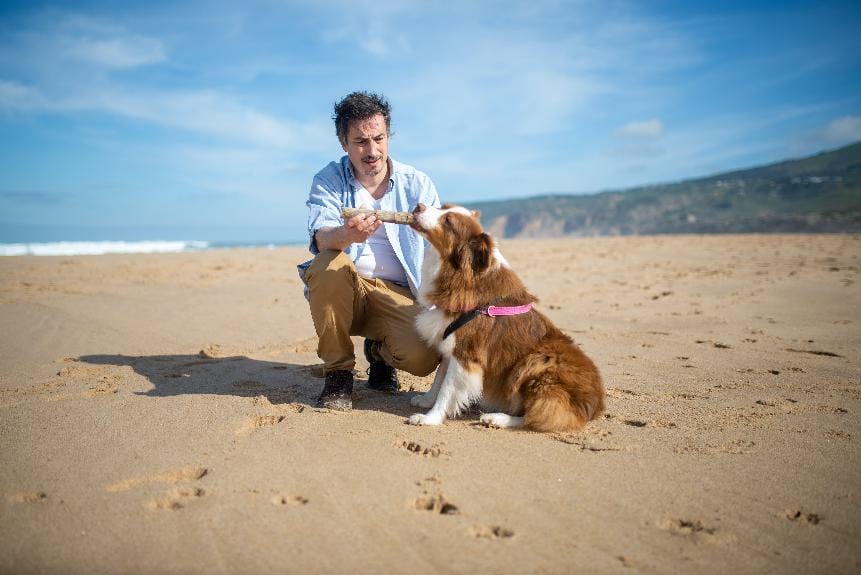
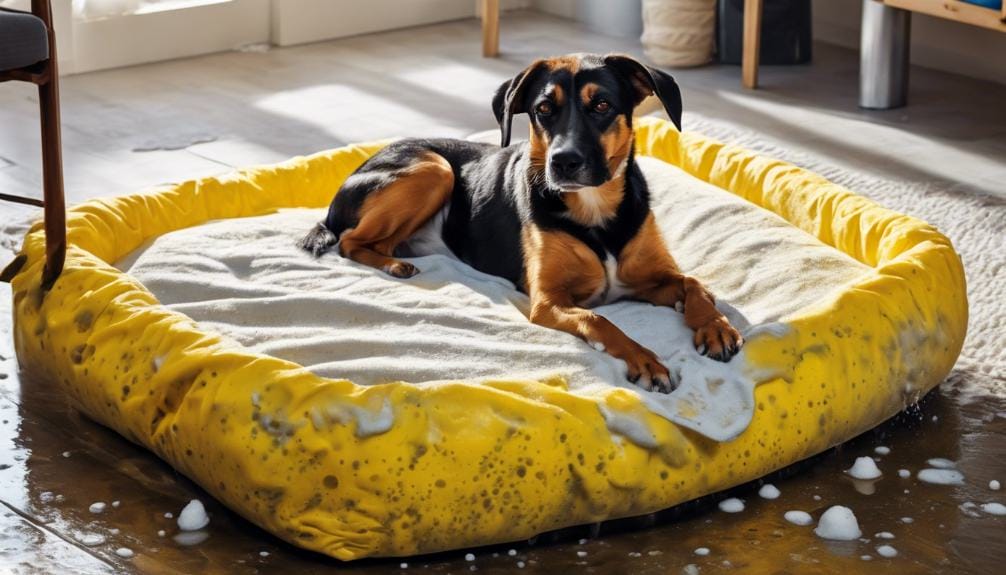
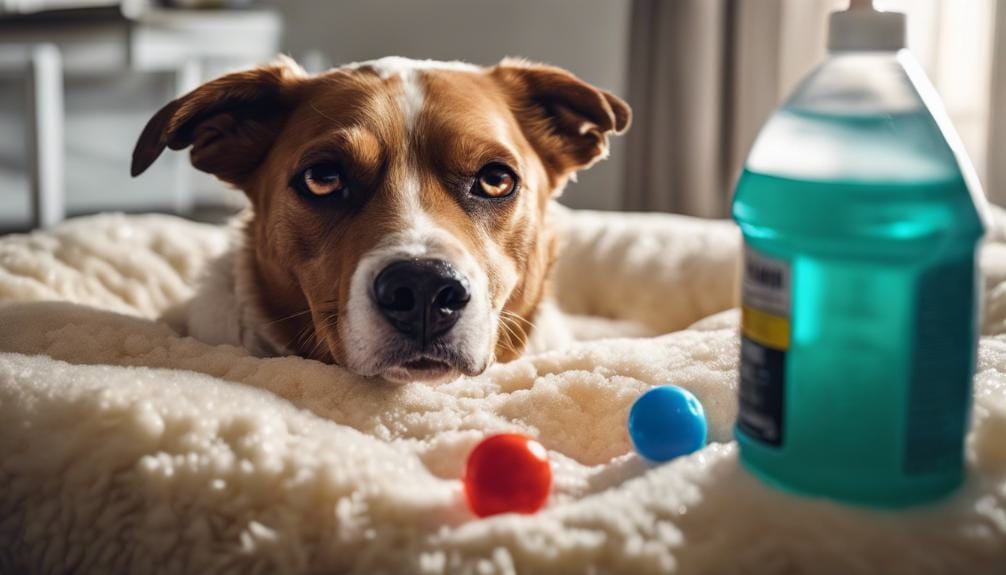
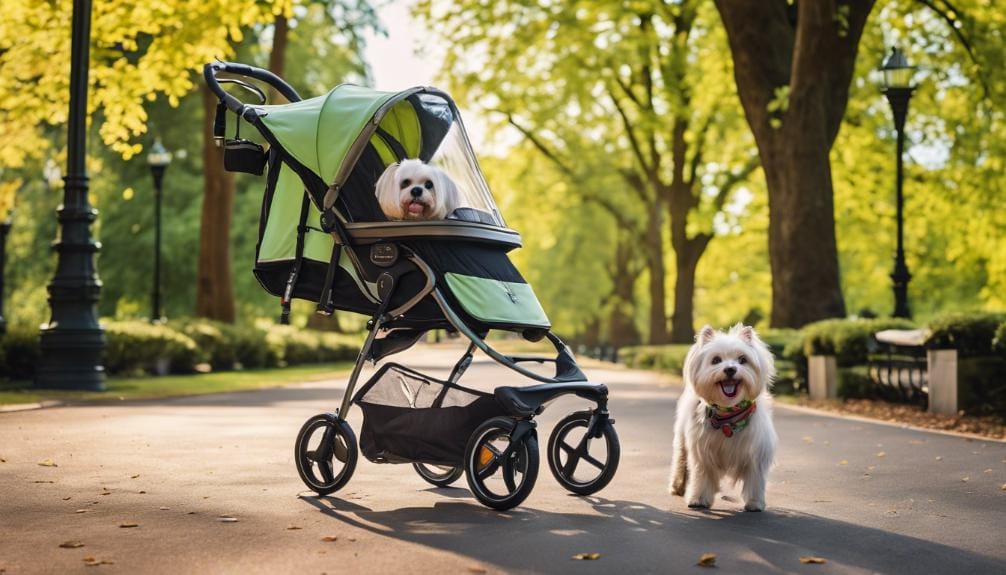
Leave a Reply
You must be logged in to post a comment.